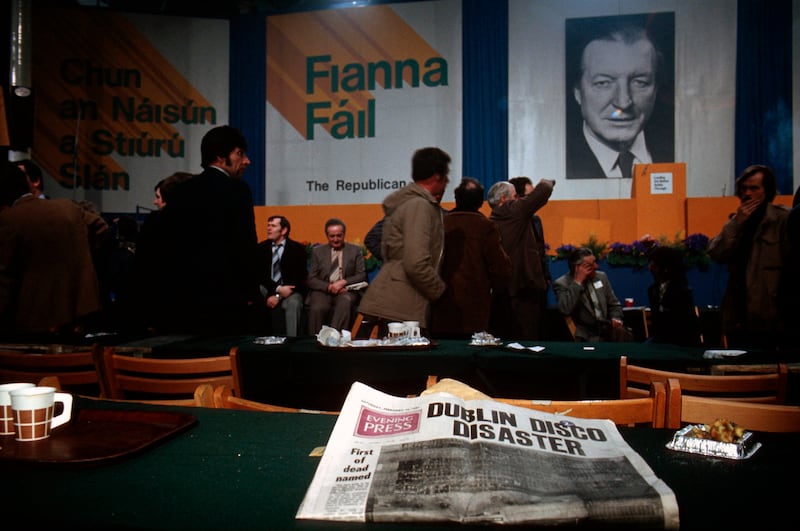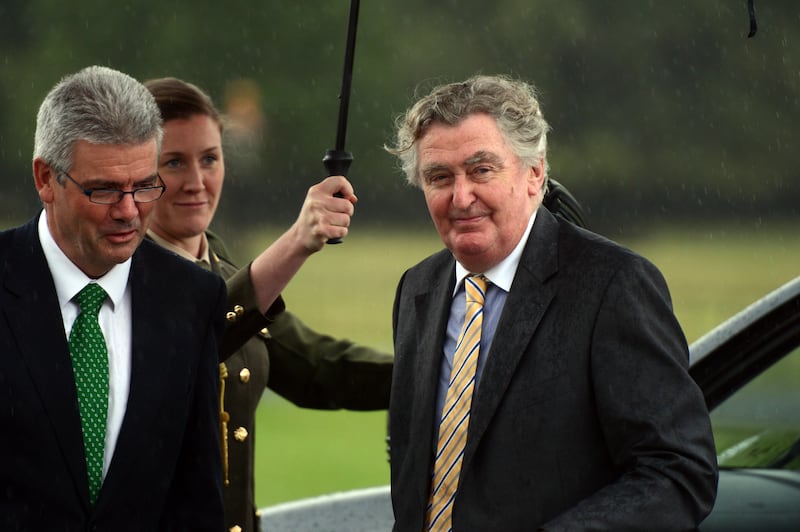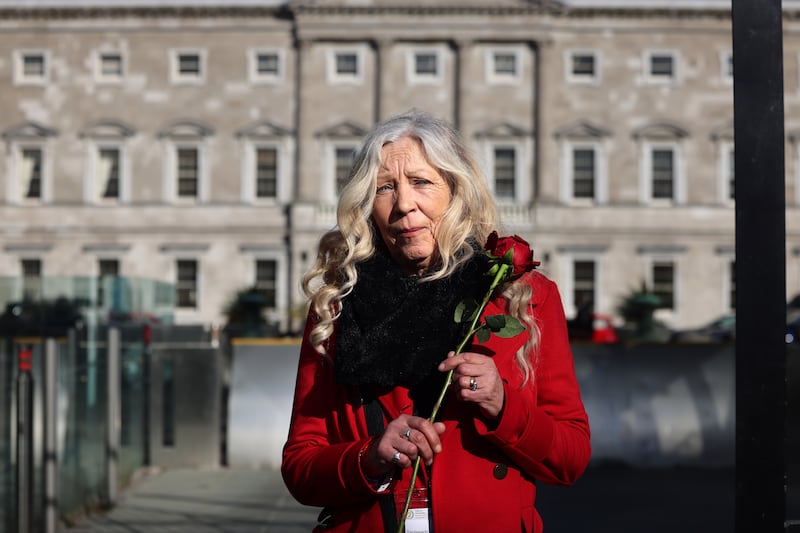The word “arson” appears only twice in the original 673 page report of the Tribunal of Inquiry into the Stardust fire.
Far from being an emphatic conclusion, the original report published in June 1982 is conflicted on how the fire started.
The tribunal was set up by then-taoiseach and local constituency TD Charles Haughey to look into the circumstances of the fire in the early hours of St Valentine’s day 1981, which claimed the lives of 48 young people.
The tribunal headed by Mr Justice Ronan Keane concluded that the “cause of the fire is not known and may never be known”. Neither could any motivations be ascribed to those who might have started the fire.
READ MORE
Yet later on, having weighed up the two possibilities that the fire was started deliberately or accidentally, the tribunal came to the conclusion that the fire was probably “caused deliberately, the most likely mechanism being the slashing of some of the seats with a knife and the application of a lighted match or cigarette lighter to the exposed foam, or the ignition of newspapers on or under the seats”. There was no evidence, the report stressed, that any accelerant or incendiary devices were used.
It was suggested by Detective Garda Seamus Quinn of the Garda Technical Bureau that the fire might have been started deliberately, but only as a possibility that could be ruled in or out
The idea that the fire might have been started deliberately was rumoured from the beginning, but only introduced into the Stardust Tribunal in September 1981 after 72 days of testimony. It was suggested by Detective Garda Seamus Quinn of the Garda Technical Bureau that the fire might have been started deliberately, but only as a possibility that could be ruled in or out.

The expert witnesses called by the tribunal were divided on the issue. Michael Norton, a forensic scientist with the Department of Justice, and fire consultants Gerald Eastham and Robert Watt all believed the fire had been started deliberately, but two others, Arthur Green and David Tucker, thought it could have been started by an electrical fault.
The original Keane report suggested there had been friction with some local gangs in the Artane and Donnycarney areas who had caused trouble by getting in without paying, but they were only a “small minority of the large attendances there”.
There had been serious assaults on barmen before the fateful night in question, but the evidence that these had anything to do with an arson attack were “tenuous”.

If the fire was started deliberately, who could have done it? Again the original report was at a loss to explain. “The motive, the number of persons involved, their sex and age, the degree of premeditation, and the precise time at which the fire was started must remain matters for conjecture.”
Nevertheless, these findings allowed the Stardust owners, the Butterlys, to claim compensation for “malicious damage” from the State. Awarding the Butterlys IR£581,496 in June 1983 Mr Justice Seán O’Hanrahan said he was satisfied that the Stardust fire had been started deliberately.

The tribunal also led to the conclusion by the then director of public prosecutions (DPP) Eamonn Barnes that there were “insufficient grounds” to prosecute anybody in relation to the disaster.
In 2009, a second report by barrister Paul Coffey found the claim that the fire was started deliberately was unsafe and should be expunged from the record of the Dáil.

Speaking in the Seanad following the publication of that report, Labour senator Brendan Ryan said the original findings were “particularly offensive for the Stardust survivors and relatives. They rightly felt that this cast a slur on their blameless loved ones who had innocently gone out for a night and ended up in the inferno at the Stardust club. A key element of the Stardust families’ campaign, which has been vindicated in this report, has always been to have this unsafe and indefensible conclusion rejected”.
‘It was a lie that devastated families and further traumatised survivors. To this day those families and survivors still ask who crafted that lie? Who spun it, who spread it and why?’
— Sinn Féin president Mary Lou McDonald
The recent inquests found the fire had started from an electrical fault in the hot press of the main bar in the Stardust.
The suggestion of arson is one that cast “scurrilous aspersions of guilt on an entire community”, according to the Minister for Housing Darragh O’Brien in the Dáil last week.
According to Sinn Féin president Mary Lou McDonald the original findings amounted to the “big lie” that the fire was caused by arson and became the “State’s official position”.
“It was a lie that devastated families and further traumatised survivors. To this day those families and survivors still ask who crafted that lie? Who spun it, who spread it and why? What was their motive? And who were they protecting? Forty-three years on and they still do not have the answers to those questions.”
- Sign up for push alerts and have the best news, analysis and comment delivered directly to your phone
- Find The Irish Times on WhatsApp and stay up to date
- Listen to our Inside Politics podcast for the best political chat and analysis













